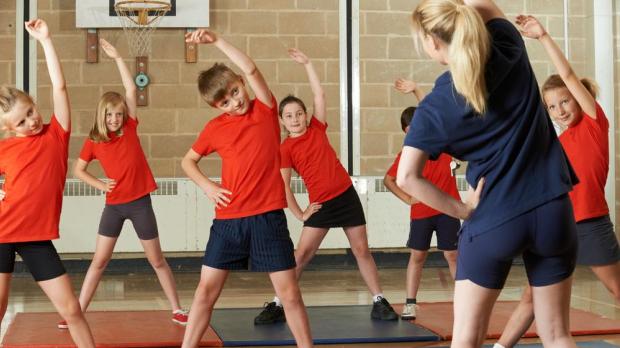WHO ALERT: Exercising is important for everyone. In such a situation, you must know how much exercise people of which age should do. WHO has also issued guidelines regarding exercise. Watch the video till the end for more information.
Regular physical activity is crucial for maintaining good health and well-being. The World Health Organization (WHO) recommends that people of all ages engage in regular exercise to stay healthy and reduce the risk of chronic diseases such as heart disease, diabetes, and cancer. However, the amount and type of exercise recommended varies depending on age and physical condition.
For children and adolescents aged 5-17 years, WHO recommends at least 60 minutes of moderate to vigorous-intensity physical activity daily. This can include activities such as playing sports, dancing, or brisk walking. Muscle-strengthening activities, such as push-ups or gymnastics, should be included at least three days a week.
For adults aged 18-64 years, WHO recommends at least 150 minutes of moderate-intensity aerobic physical activity throughout the week, or at least 75 minutes of vigorous-intensity aerobic activity, or an equivalent combination of both. Muscle-strengthening activities should also be done at least two days a week.
For older adults aged 65 years and above, WHO recommends the same amount of aerobic activity as adults aged 18-64, but with an emphasis on activities that improve balance and prevent falls, such as yoga or tai chi. Muscle-strengthening activities should also be included at least two days a week.
Regular physical activity has numerous health benefits. It can help to control weight, reduce the risk of heart disease and stroke, improve mental health and mood, strengthen bones and muscles, and improve the ability to perform daily tasks.
Despite these benefits, many people do not get enough exercise. This can be due to various factors, including lack of time, motivation, or access to safe spaces for physical activity. However, incorporating exercise into your daily routine is essential for maintaining good health.
To increase physical activity levels, WHO recommends creating supportive environments that make it easier for people to be active. This can include creating safe spaces for walking and cycling, providing access to recreational facilities, and promoting physical activity in schools and workplaces.
In conclusion, regular physical activity is essential for maintaining good health and reducing the risk of chronic diseases. By following WHO guidelines and incorporating exercise into your daily routine, you can improve your overall health and well-being. Watch the accompanying video for more information on WHO’s guidelines for exercise and how you can incorporate physical activity into your daily life.

